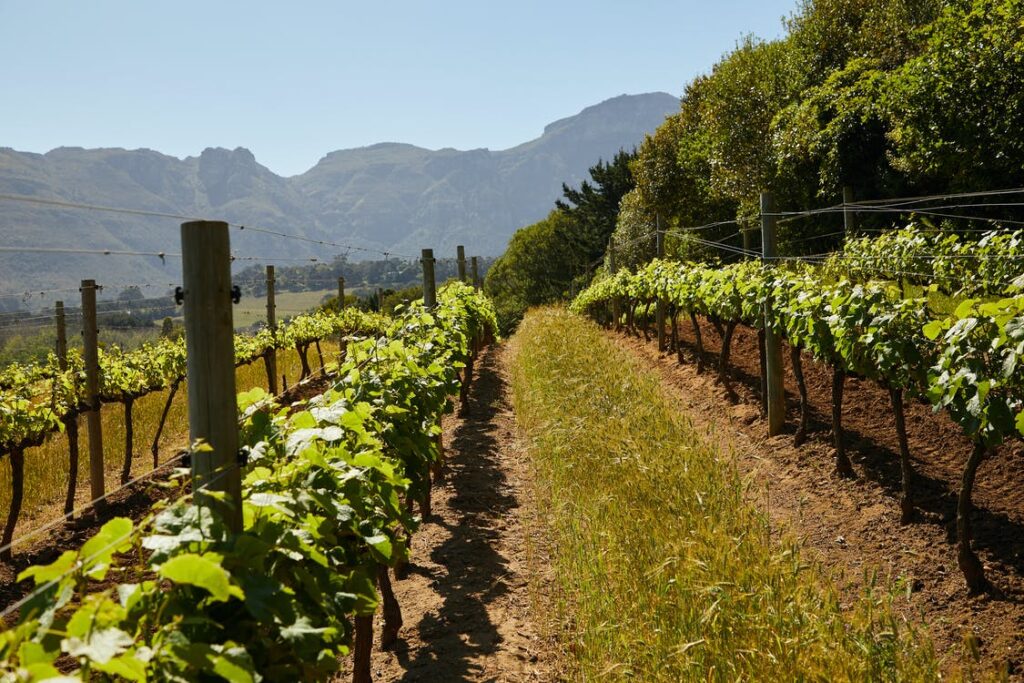Kistler Vineyard is a Chardonnay powerhouse from California. The Golden State has given us more than one cult wine – be it the luxurious investment-grade Screaming Eagle or the posh yet popular Tusk Wine. But Kistler has its own claim to fame, which sets it apart from the rest, if not above. The estate is best known for its widely sought-after biannual Chardonnay release, described by critics as the ‘Best of the Best’ among Star Producers and ‘the best wine tasting experience in Sonoma/Napa’.
The rise of the Kistler Vineyard
Founded in 1978 by Steve Kistler, this small family-owned winery in Northern California’s Sonoma County sold a majority stake in 2008 to Bill Price of Durell Vineyard but continued to be run by the founder Kistler until 2017. Now the person in charge is Jason Kesner, who was assistant winemaker to Steve for close to a decade, before taking over cultivation, production, and business at Kistler.
The estate released its first vintage in 1979. This was not the first single vineyard Chardonnay to come out of California, but this was a definite fresh take – Kistler wine came from meticulously farmed and seldom irrigated vineyards, carefully crafted, and fermented in small oak barrels at cool temperatures. It was lauded by Robert Parker in Wine Advocate, who compared it to the Burgundy grand crus.
The label soon rose to fame as one of the most sought-after white wines in the country. It led the way for today’s popular Sonoma Chardonnays. Even today, while many of them have adopted the Kistler philosophy of winemaking, Kistler Chardonnays remain highly prized. With an average of two and a half tonnes of yield per acre, their wines are mostly sold through an exclusive mailing list.
The estate opened its first tasting facility in 2014 at its 60-acre vineyard in Trenton Roadhouse with its century-old, renovated farmhouse.
A single clone Chardonnay powerhouse
Kistler calls itself a single clone chardonnay house. In the 1980s, Larry Hyde – of Napa Valley’s Hyde Vineyards – provided 11 different Hyde-Wente selections. The winery experimented with these for a decade and finally selected one that worked best, i.e., displayed low pH even when sugar levels were relatively high and complex.
Their Chardonnays have ever since been made predominantly from this single heritage Hyde-Wente selection planted across fifteen vineyards in California; from Carneros to Russian River Valley, with the idea of ‘wines of site’ held at the centre of their winemaking. This means that each vineyard-designate wine carries some share regional characteristics as well as some distinctive traits of the vineyards from which they are cultivated.
Eleven such vineyard-designated Chardonnays are produced – Durell, Dutton, Hudson, Hyde, Kistler Vineyard, Kistler Vineyard Cuvée Cathleen, Laguna Ridge, McCrea, Stone Flat, Trenton Roadhouse, and Vine Hill.
The traditional winemaking of Kistler
With rising acclaim and leadership change, Kistler winemaking has evolved. Since 2008, ambient native yeasts are used in the winemaking and malolactic fermentation is done in French oak in subterranean gravel floored barrel rooms. The wines are aged sur lie without stirring. Malo is introduced via cultured bacteria (to take the edge of the acidity) so that the finished wines need neither fining nor filtering. Bottling, unfiltered and unrefined, happens at least eleven months after the harvest.
The original Kistler Chardonnays were noted for their well-oaked richness and high quality. While the quality remains as high as ever, the oaky richness has over time dipped from 45-50% to an average 38% new French oak. Although still ranked among the richest Chardonnays of Sonoma, the Kistler wines are now focused on elegance, energy, and freshness.
The other Kistler – Pinot Noir
Aside from single clone chardonnay, Kistler Vineyard also produces some Pinot Noir, modelled after Burgundy wines. Currently, there are four vineyard-designated reds, produced from two clustered heritage selections that were imported from a Grand Cru vineyard in Burgundy about twenty-five years ago.
The wine is fermented in small open-top fermenters and barrel-aged for fourteen to eighteen months before bottling. The fermentation is manually watched over, all round the clock. The resulting wine is known for its natural density and concentrated flavour, balanced by natural acids and delicate aromatics.
Both their Chardonnay and Pinot Noir reflect the core Kistler philosophy of the land and the vine being the stars of the show, where the fruit is the only ingredient needed to make excellent wines once it has attained the perfect balance through meticulous farming and care. To achieve this, they harvest the grapes at night when the fruit is at its freshest and its flavours intact. The overall focus of the winemaking is on traditional techniques that can bring forth the complex noble sulphides and earth-driven minerality inherent in each site. This results in wines with a natural balance and intense focus, which create a legendary wine experience and places Kistler Vineyard among some of the more popular wines in the world.







